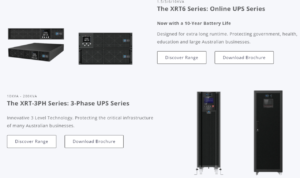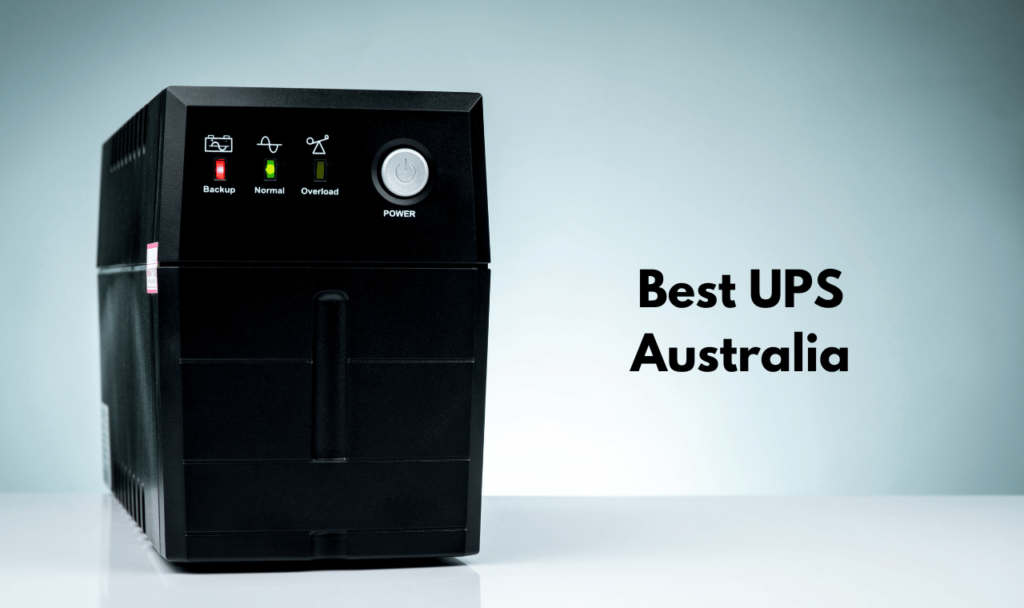Unexpected power outages, surges, or fluctuations can pose a risk to our devices. Therefore, opt for quality UPS that can make a difference in ensuring a protected business environment, data centre, or home office with continuous power, data integrity, and safety for your equipment.
Here’s a step-by-step approach to the key factors you should consider when selecting the best UPS in Australia.
Power Capacity
In simple terms, power capacity is nothing but the VA rating, and it is perhaps the most important factor to consider. The VA rating will determine how much power the UPS can actually supply during the duration of the blackout.
Calculate the total power of the equipment you need in order to pick the best UPS. For small home offices, a 500-1000 VA UPS can be just enough, while more significant businesses or startups with more demanding equipment may require 1500 VA or more.
Types of UPS

There are three basic types of UPS systems to choose from: offline, line-interactive, and online UPS. Each serves a different purpose:
Offline UPS: The best for home users or small shops. It offers basic protection and is the cheapest.
Line-Interactive UPS: It offers better voltage regulation, ideal for small to medium businesses.
Online UPS: It provides the highest protection, and it’s more suitable for critical systems and large businesses.
During power outages, there is no transfer time, so determine which UPS to use by considering the sensibilities and amount of protection your devices require.
Number and Type of Outlets
The number of devices you need to power during an outage will dictate the number of outlets your UPS should have. Most units come with several outlets offering battery backup and surge protection, though some might contain a combination of surge-only and backup outlets. Make sure to check the right type of plugs for your equipment.
Battery Runtime
Runtime, of course, is critical for any prolonged blackout. It is the amount of time your devices keep running after a failure. A UPS with a high VA rating offers a longer runtime. How long do you need your gadgets and equipment to run?
Just long enough to save your work and shut down or for several hours to keep them running through even when the blackout lasts for hours? For most Australian users, a UPS is the best choice that can provide sufficient runtime at an affordable price.
Efficiency and Environment-Friendly Features
Eco modes or other energy-saving features are found in energy-efficient UPS systems. There may be features that users would require if they were really set to reduce consumption of power and decrease carbon footprint.
It is one of the best features a UPS can offer that does not compromise with performance in being highly efficient as far as power consumption is concerned.
Additional Features
Look for other features that add more value to the UPS. These include the following:
- LCD displays – long-term, real-time information about the status of the battery, load, and power.
- Remote management – enables monitoring and controlling of UPS from anywhere using connected software or applications.
- Automatic Voltage Regulation (AVR) – stabilises the voltage levels, protecting your equipment from brownouts and overvoltages.
- A UPS depends on the specific power requirements, level of protection, and equipment to be protected. How to decide upon the right one is based on factors such as power, type, battery runtime, and efficiency level.



